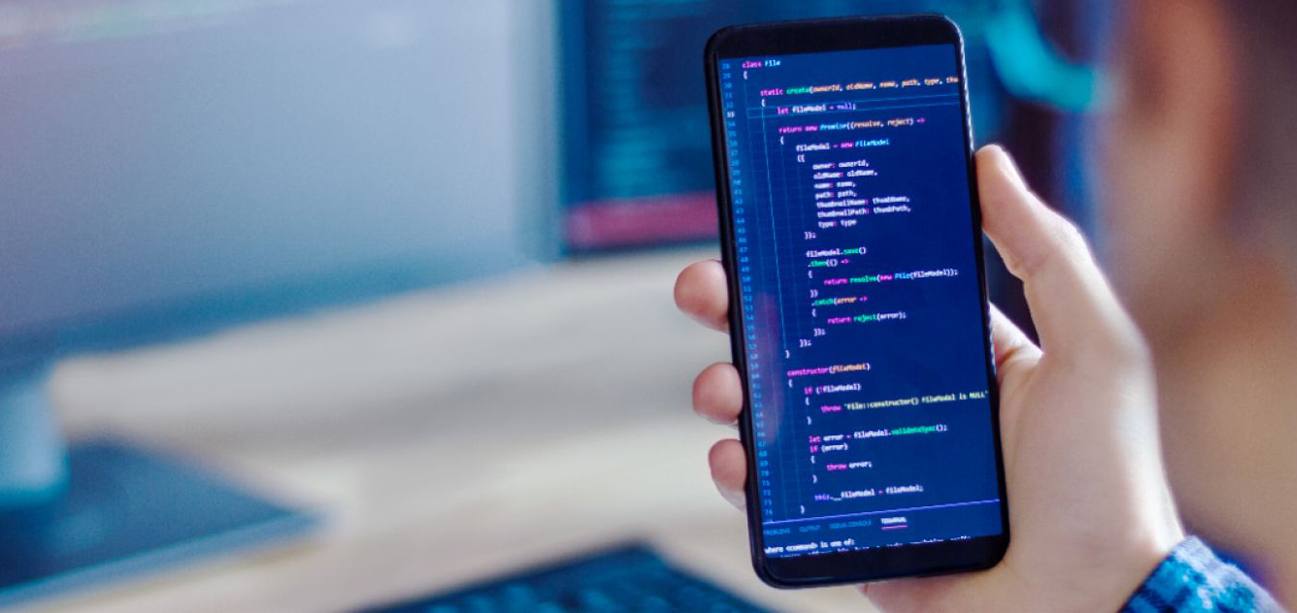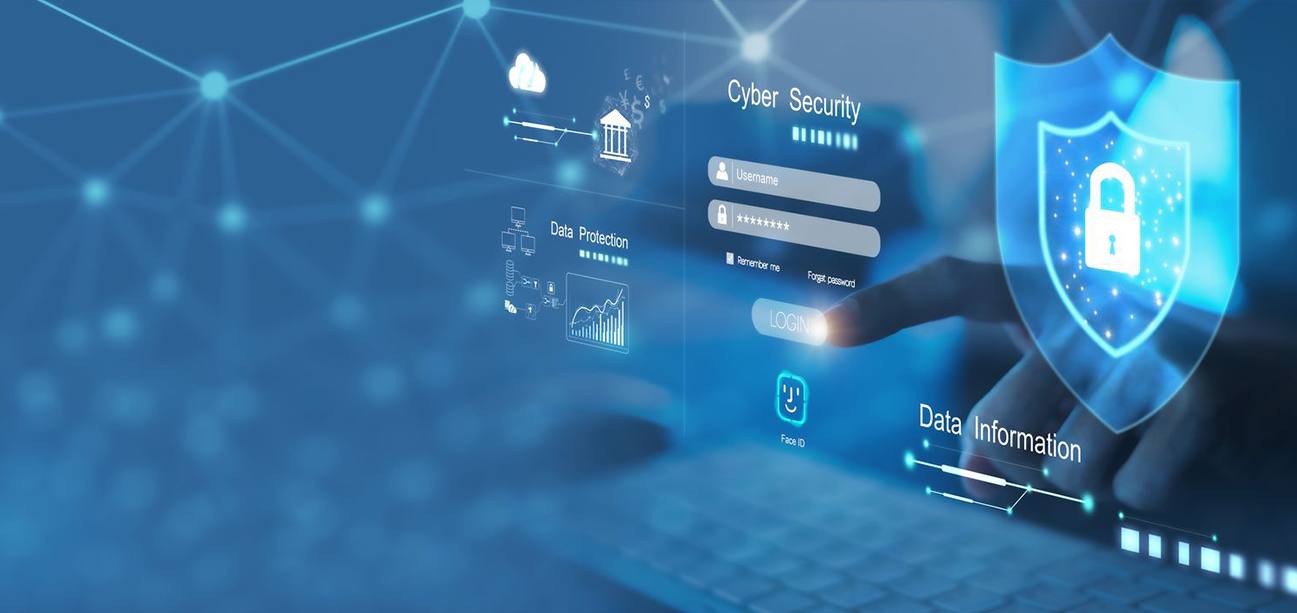
The Scope Of What is Ecommerce Mobile App Development?
This is the age of online marketing, and Ecommerce is a mighty way in which you can do business online. Ecommerce works by uploading images or videos or simply the product name on a webpage and mentioning the price and other delivery details alongside. The delivery guy then picks up the product, which is delivered to the person at their address. The payment options vary and can include cash on delivery and bank transfer.
This is the age of online marketing, and Ecommerce is a mighty way in which you can do business online. Ecommerce works by uploading images or videos or simply the product name on a webpage and mentioning the price and other delivery details alongside. The delivery guy then picks up the product, which is delivered to the person at their address. The payment options vary and can include cash on delivery and bank transfer.
Pros and Cons of Ecommerce applications development
There are many different pros and cons of an ecommerce app. There can be a lot to cover, but here are a few of them to mention:

Easy Access
With the help of an ecommerce app, customers can get easy access to products without any hassle. The distance between the product and the customer can be lots in km, and the customer may not be able to visit the product in person. Ecommerce has grown exponentially each year since its inception nearly a decade ago. But hey! That was a bit exaggerated. The number is actually 15 percent each year. Amazon alone accounts for 40 percent of online sales in the US and drives around 80 percent of the sales growth. The powerful force which drives Amazon is the super smooth shopping process that other companies are rushing to keep up with. Traits include two-day shipping, sophisticated inventory control, product search and matching, data and analytics, and personalization.
Sky High Conversion Rates
The number of shoppers will definitely grow when you partner up with Fictive Studios because the app will be doing the street-smart negotiation instead of a salesman.
Higher Average Orders
The ecommerce app will benefit you because the push notifications and quicker checkout will also boost the number of orders.
Customer Will Crave More
Generally, people downloading your app will be familiar with your business. Take the example of a shop near your house. When you pass by the shop every day, the subconscious magic takes place, and you put that foot on the accelerator and crash into that old shopkeeper.
Personalized Experience
This one is by far the best advantage of an ecommerce app. It's all about personalization. The best way is to track your customer's browsing habits and then provide a tailor-made market to the individual.
No More Half-Filled Carts
One of the biggest challenges that mobile companies have is that the customers aren't really their customers yet. We mean that the kart is abandoned before the checkout process. But the solution to this problem is also available.
In the shortest of sentences, retail and e-commerce may seem very similar: retail and e-commerce constitute what happens when a product from a business is sold to a separate consumer for their own use, except one is done exclusively through the Internet.
Retail can be conducted in several ways: in a brick-and-mortar establishment like a shopping mall or grocery store, online, person-to-person sales, or even direct mail.
E-commerce, on the other hand, means commercial transactions that are primarily made electronically through the Internet. There is something known as “retail e-commerce sales,” which are the sale of goods and services where the business and transaction occur on the Internet through an extranet, Electronic Data Interchange (EDI), or similar online systems.
Today, many merchants fall somewhere between brick-and-mortar retail and e-commerce. Traditional retail, or the shopping experience where you go out to a certain establishment to purchase a good or service, is undoubtedly alive and well. This most basic form of shopping will likely always exist.
How it's similar:
Both retail and ecommerce experiences have their basis in tactics like merchandising and curation to improve the shopping experience and attractively display products. Brand identity also plays an essential role in both mediums as a way to establish familiarity and consistency.
How it’s different:
Online shoppers have to make access to things like product descriptions, imagery, and reviews to make their decisions. They can also conduct more research and compare prices for different items across different online retailers.
How it is Similar:
All online retailers and many brick-and-mortar stores offer shipping. However, brick-and-mortar depends on the type of store because more oversized items like furniture are typically shipped, and some retail locations will also contribute to shipping items to you that are out of stock in-store.
How they’re different:
Shopping online is all about convenience. When armed with a phone and a computer, it is possible to shop from anywhere easily. And getting to a physical store can be more time-consuming. The minutes or hours spent while traveling and finding parking can be a waste of time.
And there’s also a monetary investment, whether paying for transportation by subway to get to a shop or paying for gas to get there. Still, physical stores offer instant gratification since there is usually no wait for your items to ship—you typically get them right then and there.
Ecommerce App vs. Website
So should you go for an ecommerce app or an ecommerce website? The website will work on a browser, whereas the app will be a standalone software application that must be downloaded. Mobile commerce sales are expected to double between 2020 and 2025, so you will need to contact Fictive Studios for your ecommerce app needs. The app will have some additional benefits, but taking both website and app side by side is a good idea.
Ten ecommerce trends Leading the Way
Industry leaders had a lot to share about the changing trends in ecommerce. Take a look at a few of them:
- Voice Search will Grow
- AI helps shops learn about shoppers
- Mor Ways to Pay
- Video influenced customers
- Chatbots can improve the shopping experience.
- Subscriptions bring back customers
- Headless and API -driven e-commerce allows continued innovation
- Sustainability has become more important
- Data is a powerhouse for creating personalized experiences.
- B2B is growing and changing.
Why Fictive Studios?
Fictive Studio is not your everyday average app development company. We don’t even settle for 2nd place. We can guarantee that we will provide you with a spectacular, feature-rich, user-friendly app. Our skilled workers make sure that there's no margin for error. Whether your business's scale is large or a startup, we will take care of the app needs at once. Retail app development services like Fictive Studios are your one-stop solution for all digital needs.
What are the benefits of hiring an iOS App Developer?
How much does an iOS app development cost?
Where can I learn app development?
Why are Fictive Studios so popular?
Does Fictive Studios offer maintenance of the app?

Building The Future One Line Of Code At A Time

Mobile App Solutions For Everyone, Everywhere
We pride ourselves on our ability to bring your unique vision to life through our cutting-edge technology and innovative solutions.
Retail, Ecommerce
Education & e-learning
Healthcare & Fitness
Logistics & Distribution
Social Networking
Real Estate
Travel & Hospitality
Food & Restaurant
On-Demand Solutions
Gaming
Partnerships We Have Built Through Our Digital Solutions
At Fictive Studios, we are proud to have partnered with over 2000 businesses, ranging from startups to enterprises, to provide industry-leading mobile app development solutions tailored to their unique business needs. Every business is different, and we are passionate about helping our clients achieve their goals through our extensive range of app development services.
Start Up Business

Small & Med Business

Enterprise

Agencies

What Our Clients Say
We possess the capability to create applications across a diverse range of genres - simply specify your requirements and we'll bring your vision to life.

Let's Build Something App-tacular Together
Join forces with Fictive Studios, the premier Mobile App Development Company in the US. With our bespoke app development solutions, watch your business soar to new heights.
GET A QUOTE






















